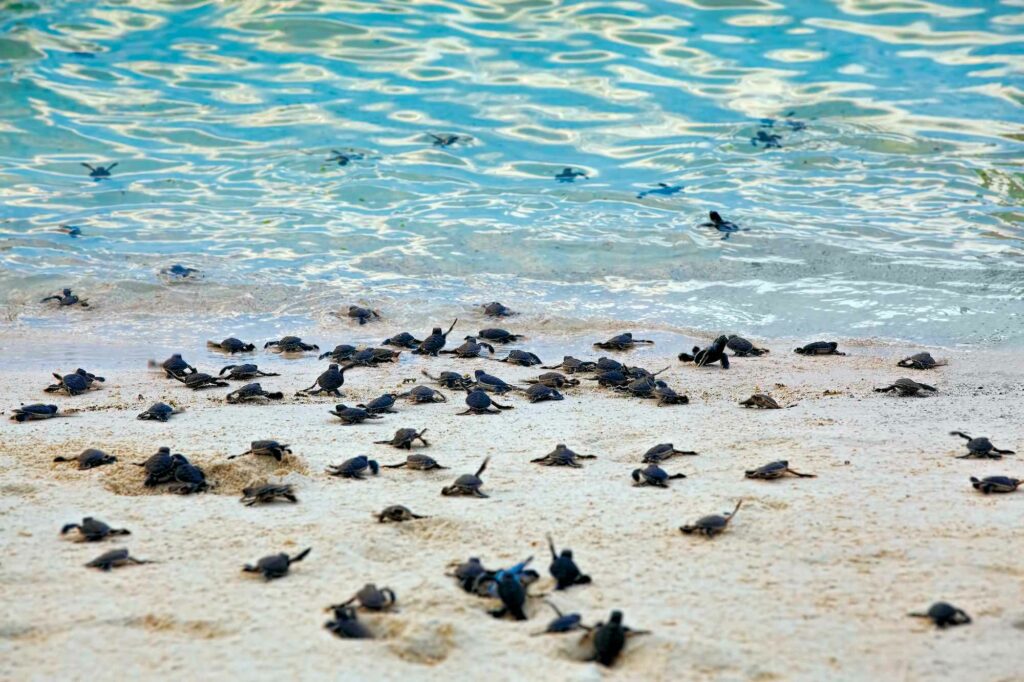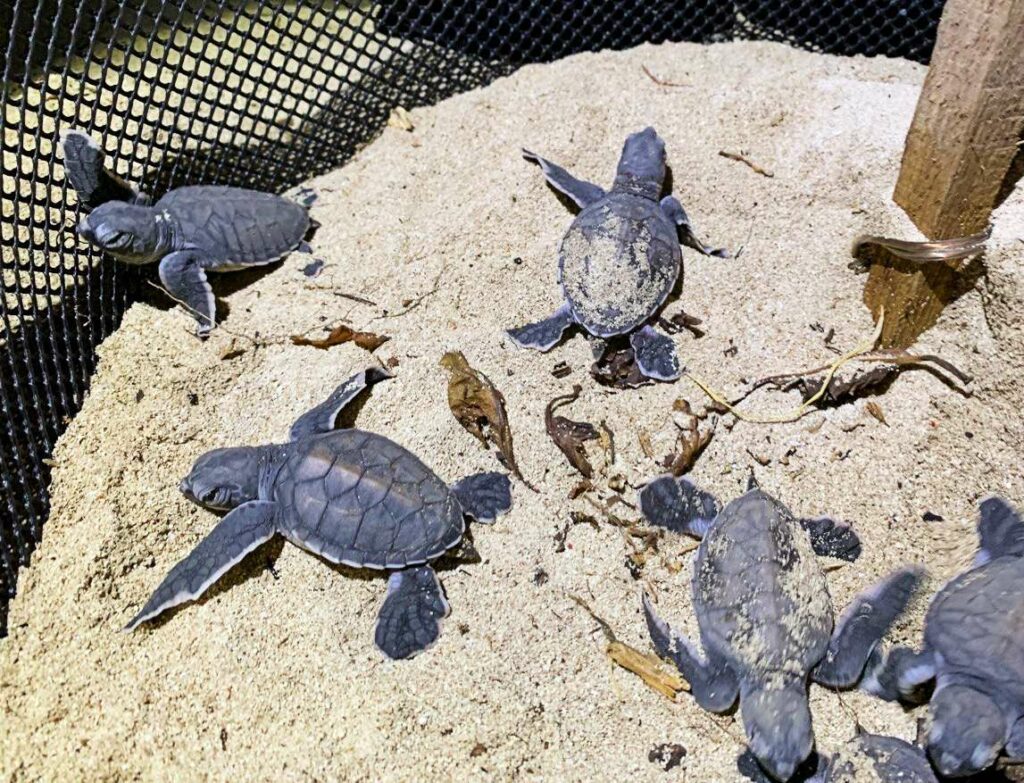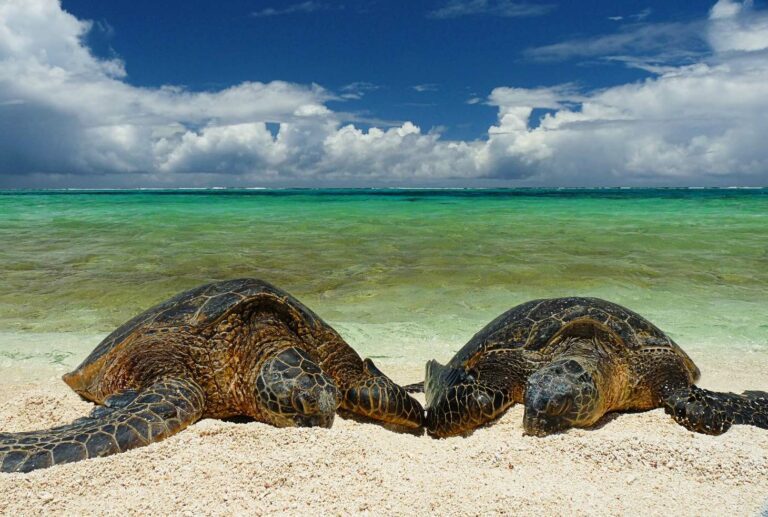The future of the Earth’s green turtles is in serious doubt because too few males are being born to keep procreating the species – but now it appears that the rising global temperatures that cause this are only part of the turtles’ problem.
It had already been established that warmer waters render turtle embryos developing in their eggs more likely to be born female, but a new study led by Griffith University in Queensland, Australia suggests that ocean pollution is compounding this female bias.
Heavy metals such as cadmium and antimony as well as a number of organic contaminants that accumulate in Chelonia mydas turtle mothers are being transferred to their eggs, helping to further ”feminise” the species.

Green turtles are listed as Endangered on the IUCN Red List of Threatened Species, threatened with risk of extinction as a result of poaching, boat collisions, habitat destruction, and accidental capture in fishing gear as well as climate change. The additional threat comes from ocean contamination caused by human activity, such as mining, runoff and urban waste.
As part of WWF-Australia’s Turtle Cooling Project, which is seeking ways of countering female-biased nesting, the scientific team investigated pollution effects at a long-term monitoring site on Heron Island, a small coral sand cay in the southern Great Barrier Reef (GBR).
Between 200 and 1,800 female green turtles come to nest there every year, with 2-3 females currently hatching for every male, which is a more balanced ratio than would be found closer to the Equator. In the northern part of the GBR hundreds of females are already being born for every male, say the scientists.
Monitoring the eggs
The scientists collected 17 clutches of eggs within two hours of being laid, and reburied them next to probes that recorded their temperature every hour, both in the nest and at the surface.
As the hatchlings emerged, their sex was determined and measurements taken of the levels of 18 metals, plus organic contaminants such as polycyclic aromatic hydrocarbons, polychlorinated biphenyls and polybrominated diphenyl ethers, which bind to the receptors for female sex hormones.
Female turtles accumulate these contaminants at foraging sites, and their developing eggs sequester them in the embryos’ liver, where they can stay for years after hatching.

Most of the nests produced predominantly female hatchlings, and the more oestrogenic the trace elements, particularly antimony and cadmium, found in the hatchlings’ liver, the greater the female bias was found to be in the nest.
“We concluded that these contaminants mimic the function of the hormone oestrogen, and tend to redirect developmental pathways towards females,” said study author Dr Arthur Barraza, a researcher from Griffith University’s Australian Rivers Institute.
“As the sex ratio gets closer to 100% females, it gets harder and harder for adult female turtles to find a mate, which is particularly important in the face of climate change already making nesting beaches warmer and more female-biased.”
The scientists now want to determine which specific compounds change the hatchling sex ratios, to help find a way of preventing pollutants from further feminising turtle populations. Their study is published in Frontiers in Marine Science.
Also on Divernet: Sea turtles on the brink, Turtle navigation ‘relatively crude’, How fake eggs could boost turtle survival, The turtle that holds up the world

